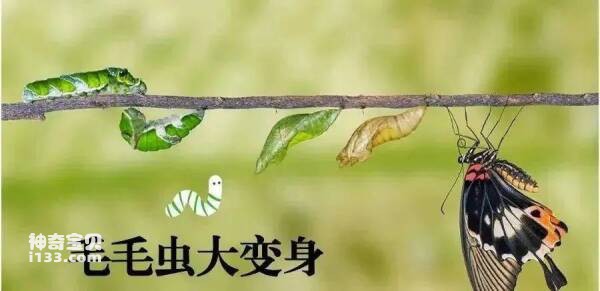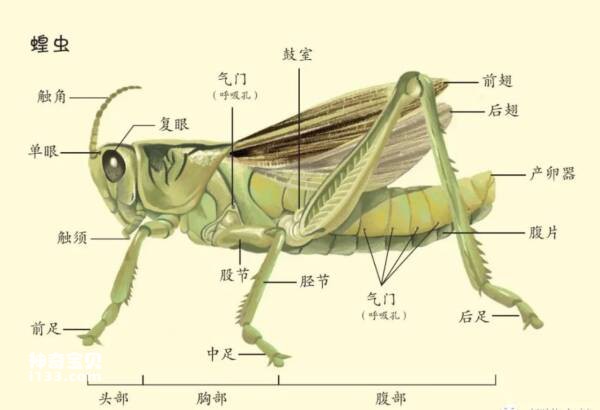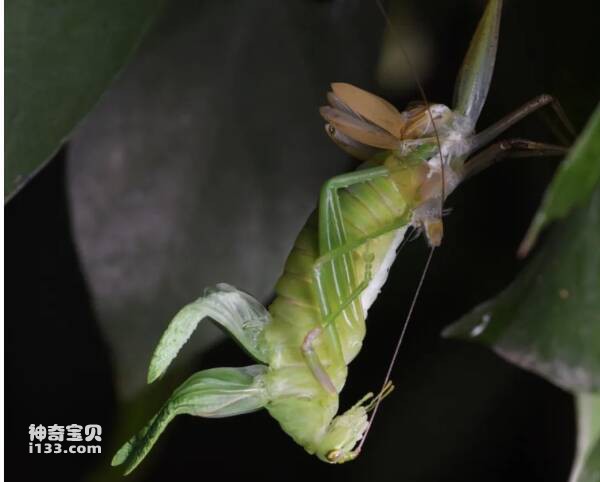The life of insects is closely related to the environment. The environmental conditions that affect the life of insects are called environmental factors. Insects live in a certain environment, and the environment surrounds the insect. Various biological and non-biological factors form an interaction and interconnection, which jointly affect the overall life of the insect. Therefore we say that the environment is composed of various ecological factors.
Abiotic factors are mainly composed of climate changes and soil properties; biotic factors include plant types, growth conditions, and human and animal activities. Among these factors, human activities play a major role. Except for climate change, which people cannot completely change at present, other environmental conditions can be transformed through people's activities. Changes in the environment directly affect the lives of insects, but various ecological factors have different effects on insects. Each insect has conditions suitable for its own life. If it exceeds this range, it will have an adverse impact on the life of the insect and even cause death.

Climate includes temperature, humidity, wind, rain, etc. Heat and water have the greatest impact on insect life. Take temperature, for example, it can affect the activity, growth and development, reproduction, distribution and survival of insects. Various insects have special requirements for temperature. Generally, insects only start to move when the temperature is above 5~15℃. The growth and development of insects is most suitable at 25~35℃. However, when the temperature rises to 38~45℃, they will enter a coma state. If the temperature exceeds 48~52℃, There will be a lot of deaths.
Why are insects so sensitive to temperature changes? Because insects are cold-blooded animals. Their body temperature changes with the temperature of their living environment. Within a suitable humidity range, the ambient temperature is low, the body temperature of insects is also low, they feed less and digest slowly; at this time, the growth and development of insects will slow down. When the ambient temperature is high, the body temperature of insects also increases. At this time, they eat more food and digest it faster, which accelerates the growth and development of insects. Therefore, it can be said that within a suitable temperature range, an increase in temperature can accelerate the development of insects and shorten their lifespan. Lower temperatures slow down the development of insects and extend their lifespan.
Changes in humidity also have a considerable impact on insect life. Insects, like other organisms, need a certain amount of water in their bodies to maintain normal life activities. If there is insufficient or missing water, normal physiological activities will not be carried out, and they may even die. Humidity has a significant impact on the growth and decline of insect populations.

The soil is a special living environment for insects, which is very different from the above-ground environment. Although soil is mainly composed of solid particles, it also includes liquid water and gaseous air. Therefore, differences in soil quality such as sand, loam, and clay, as well as differences in pH, can affect the insects living in the soil. Some insects live in the soil for a long time, such as mole crickets; others live in the soil for one insect stage or several insect stages, such as grubs, wireworms, cutworms, armyworm pupae, locust eggs, etc. The stage when insects live in the soil is of course affected by the softness, hardness, dryness, humidity, temperature and chemical composition of the soil. Differences in soil also affect the type, distribution and growth of plants, which indirectly affects the food and development of insects.
Insects have many natural enemies in their lives in nature, including birds, bats, spiders, predatory insects and parasitic insects, as well as many viruses, fungi, bacteria, etc. Due to the action of these natural enemies, pests often die in large numbers, inhibiting their occurrence and maintaining ecological balance.
Using the natural enemies of pests to control pests is an effective and economical method of pest control, and it can also protect the ecological environment. This biological control method has achieved many achievements in practical application. The use of red ladybugs to control scale insects and the use of golden wasps to control red bollworms are some successful examples. Under natural conditions, the number of natural enemies often increases or decreases with the amount of food. When aphids occur in large numbers, many species of aphids, hoverflies, lacewings and other natural enemies of aphids will multiply rapidly and eat a large number of aphids because they can easily obtain sufficient food. In this way, the aphid population will decrease significantly. After the number of aphids decreases, its natural enemies decrease accordingly due to lack of food. With fewer natural enemies, aphids will soon appear in large numbers again. Therefore, the lives of natural enemies and insects are mutually restricted, interactive, and interconnected.

Human activities have a close relationship with the life and abundance of insects. Activities such as logging, regeneration of forests, reclamation of wasteland, deep plowing and weeding, dredging of rivers, diversion of water for irrigation, construction of dams, drainage and flood prevention, improvement of soil, improvement and cultivation of insect-resistant varieties have changed the natural appearance of the entire region and changed the composition of insect life. the natural conditions of the environment. These changes make the original local pests unable to feed, or they cannot adapt to the new environment after the transformation and are naturally eliminated. At the same time, there may also be some pests that multiply in large numbers because the new environment is more favorable to their lives. Introducing natural enemies of beneficial insects and pests can also change the types and abundance of insects in an area. In addition, due to people's exchanges, international and domestic trade activities, and the transportation of seedlings and seeds, pests in this area are brought to other areas, causing artificial spread. For example, pink bollworm was not a pest in our country before. Since it was artificially introduced into our country from abroad, it has spread to other cotton areas across the country. Since woolly aphids, which damage apples, were introduced to my country along with apple seedlings in 1914, apple trees in a few areas are now suffering damage. Therefore, pest quarantine is particularly important.
animal tags:
We created this article in conjunction with AI technology, then made sure it was fact-checked and edited by a Animals Top editor.